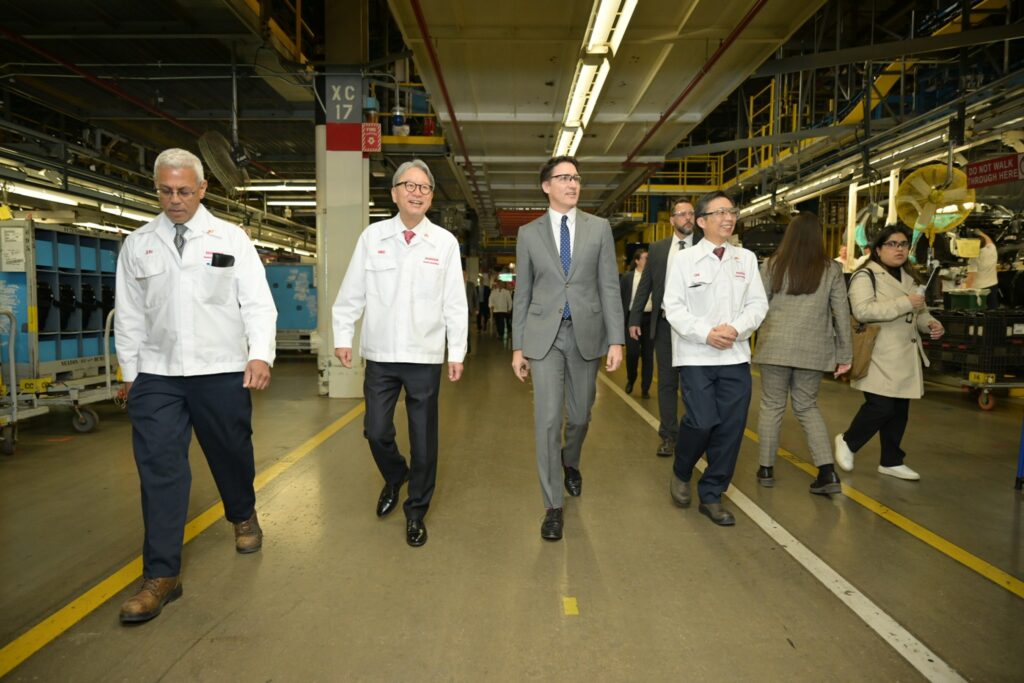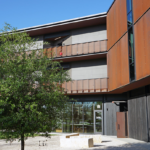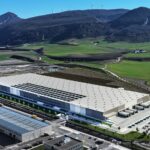ASIA ELECTRONICS INDUSTRYYOUR WINDOW TO SMART MANUFACTURING
With New Demand, Honda Eyes First EV Site in Canada
Honda Motor Co., Ltd. announced plans to build a comprehensive EV value chain in Canada. Accordingly, the approximate investment is CAD$15 billion (USD$11 billion), including investment by joint venture partners. Thus, this will strengthen its EV supply system and capability to prepare for a future increase in EV demand in North America.
Honda has begun evaluating the requirements to build an innovative and environmentally responsible Honda EV plant and a stand-alone Honda EV battery plant in Alliston, Ontario. The proposed Honda EV value chain will also include a cathode active material and precursor (CAM/pCAM) processing plant. The company will make this through a joint venture partnership with POSCO Future M Co., Ltd. Meanwhile, it will have a separator plant through a joint venture partnership with Asahi Kasei Corporation, with announcements to follow.

Boosts Capacities
Honda expects that electric vehicle production will begin in 2028. Once fully operational, the EV plant will have a production capacity of 240,000 EVs per year. On the other hand, the EV battery plant will have a capacity of 36 GWh per year.
In addition to securing the current employment level of 4,200 associates at its two existing manufacturing facilities in Ontario, Honda estimates it will add a minimum of 1,000 new associates for the EV and EV battery manufacturing facilities. The investment in the new facilities will also create significant spinoff jobs across all sites, including in the construction sector.
Honda has begun the process of evaluating the scope of its investment and completing negotiations with its joint venture partners. Particularly, the work will enter final phase within the next six months.
To support this project, Honda is collaborating with the governments of Canada and Ontario to drive innovation in low-emissions manufacturing by accessing performance-based initiatives available through the federal government’s new Investment Tax Credits and provincial direct and indirect incentives.
North American EV strategy
Striving to realize carbon neutrality for all its products by 2050, Honda has set a goal to make BEVs and FCEVs represent 100% of vehicle sales by 2040. Honda will continue offering attractive products in this electrified era globally. Particularly, in its largest market of North America.
As the first step in achieving this electrification goal in North America, Honda positioned its existing auto production plants in the state of Ohio in the U.S. as its EV Hub for production. This includes the retooling of existing plants, an investment of USD$700 million. Also, the construction of a joint venture EV battery plant with LG Energy Solution, with an expected investment of USD$4.4 billion.
The Ohio EV hub will serve as the foundation for future EV and EV battery production, sharing knowledge and expertise with other Honda plants in North America, including the new EV assembly and battery plants in Ontario, Canada. Honda expects EV production to begin at the Marysville Auto Plant in late 2025.
As a second step in this initiative, Honda will strive to establish a comprehensive EV value chain that includes all aspects of EV production in Canada, from the procurement of raw materials mainly for batteries, to the production of finished EVs. Honda will leverage EV production knowledge learned at the Ohio EV Hub, combined with the abundant resources and clean energy available in Canada, to establish a stable supply system for batteries, the key component of EVs, and increase cost competitiveness of its EVs as a whole.
-29 April 2024-




